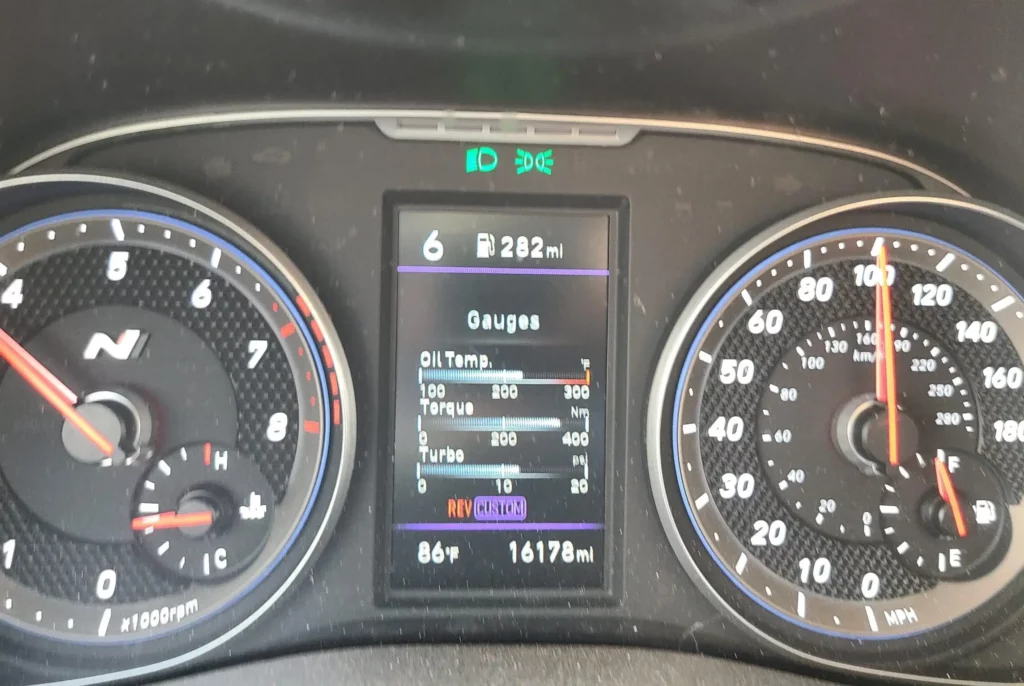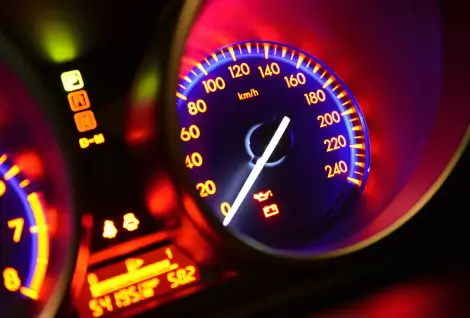As a vehicle owner, regularly monitoring your oil temperature is crucial for maintaining engine health. An abnormally high oil temperature can signal a range of potential problems that, if left unaddressed, could lead to severe engine damage.
In this deep-dive exploration, we investigate the underlying causes of high oil temperatures, how you can diagnose them, and the steps you can take to ensure your vehicle runs smoothly.
Common Causes of High Oil Temperatures
Several factors can contribute to your oil temperature reading higher than it should. Let’s explore some of the common reasons:
- Insufficient Oil Levels: Low oil levels mean there is less fluid to absorb and disperse heat, leading to higher temperatures.
- Aged or Contaminated Oil: Over time oil can degrade or become contaminated, reducing its effectiveness as a coolant and lubricant.
- Clogged Oil Filter: A filter that isn’t performing well can restrict oil flow, leading to increased heat.
- Faulty Oil Pump: If this pump is malfunctioning, it may not be circulating oil efficiently, causing an increase in oil temperature.
- Extreme Driving Conditions: Driving in harsh conditions or pushing your vehicle to its limits can cause oil temperatures to spike.
- Overheating Engine: An overheating engine will naturally increase the temperature of the oil.

How to Diagnose High Oil Temperature
To accurately diagnose high oil temperatures, follow these steps:
- Check Oil Levels: Ensure your vehicle is on level ground and check the dipstick to determine if you need to add oil.
- Examine Oil Quality: Look for any signs of contamination or degradation in your oil.
- Inspect the Oil Filter: Replace if necessary, especially if it has been a while since your last oil change.
- Assess Engine Cooling System: Ensure that the radiator, coolant levels, and hoses are in good working order.
- Observe Performance Under Different Conditions: Note any fluctuations in oil temperature during different driving scenarios.
Remember, diagnosing vehicle issues can be complex. If you’re ever in doubt, it’s best to consult with a qualified mechanic or automotive specialist.
Preventative Measures and Solutions
Here are some strategies to prevent high oil temperatures:
| Preventative Measure | Benefit |
|---|---|
| Regular Oil Changes | Ensures your oil and filter are fresh and functioning optimally. |
| Proper Vehicle Maintenance | Regular check-ups help identify and fix minor issues before they escalate. |
| Installing an Oil Cooler | Particularly useful for performance vehicles or those driving in hot climates. |
| Use of High-Quality Oil | Better heat dissipation and protection under extreme conditions. |
Credit: www.rx7club.com


Leave a Reply